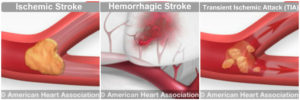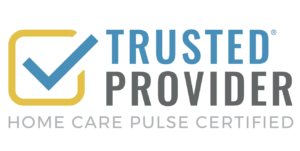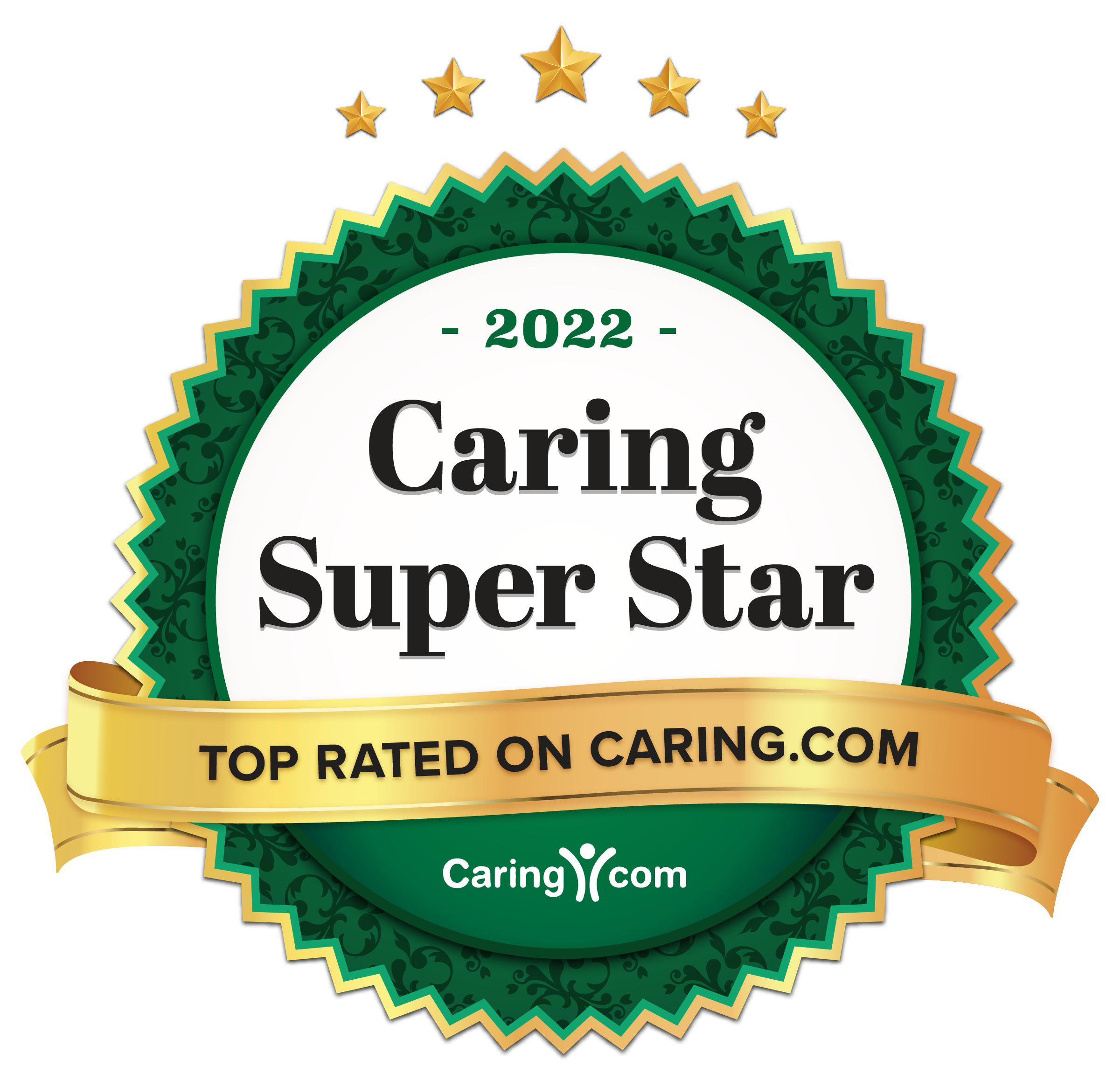Although a stroke is the fifth leading cause of death in the US, very few people understand how to recognize the signs and symptoms. Some risk factors such as such as age, race, and heredity can’t be changed. However, with the right knowledge, risk factors can be addressed and 80% of strokes can be prevented.
Types of stroke
A stroke occurs when the brain’s blood supply is severely reduced or completely stopped. This causes brain cells to become damaged or die due to lack of oxygen. Because the brain becomes severely damaged without oxygen, it is important to act quickly. A stroke can cause long-term damage, disability, and even death.
Here are the different types of strokes:
Ischemic Stroke – This type of stroke occurs when a fatty plaque clot or mass clogs a blood vessel and stops blood flow to brain cells.
Hemorrhagic Stroke – This type of stroke occurs when a damaged or weakened vessel ruptures and bleeds out into the surrounding brain tissue. The blood gathers and forms a bruise which compresses the brain cells and causes them to die.
TIA (Transient Ischemic Attack) – A TIA is a medical emergency. It is referred to as a “mini stroke” and mimics the symptoms of a stroke. It is caused by a temporary clot and does not cause permanent damage to the brain. However, about 15% of all strokes happen after a TIA occurs.

How to spot a stroke
Symptoms of a stroke are reflected in the areas of the body controlled by the damaged brain cells. Remember to act F.A.S.T to reduce the damage caused by a stroke.

Courtesy of StrokeAssociation.org
Learn to manage the risk factors
Although not all risk factors are preventable, there are many that can be addressed to minimize the possibility of experiencing a stroke. Along with monitoring your overall health, visit a physician to do a yearly health exam.
- Manage high blood pressure – HBP is the leading cause of strokes and is highly controllable.
- Control cholesterol
- Eat a healthy diet
- Be active and maintain a healthy weight
- Manage diabetes and control blood sugar
- Do not smoke











 Caring Super Star of 2022
Caring Super Star of 2022 Daily Herald Best of Utah Valley, 2022
Daily Herald Best of Utah Valley, 2022 Utah Valley Chamber of Commerce Business of the Year
Utah Valley Chamber of Commerce Business of the Year